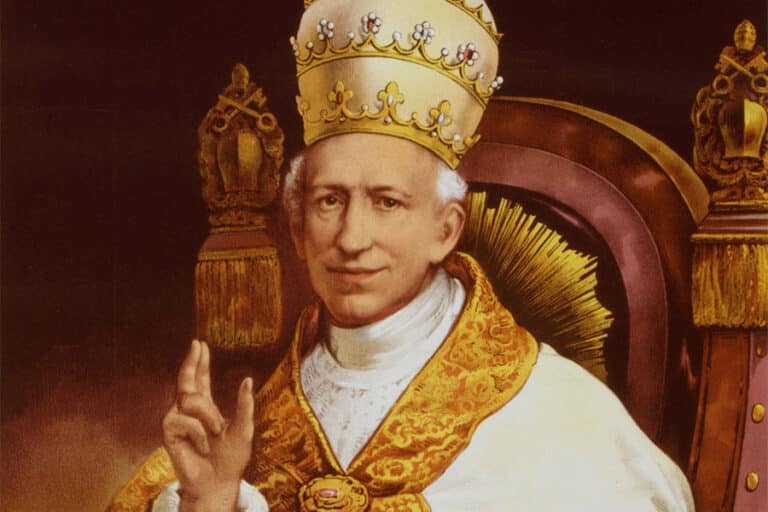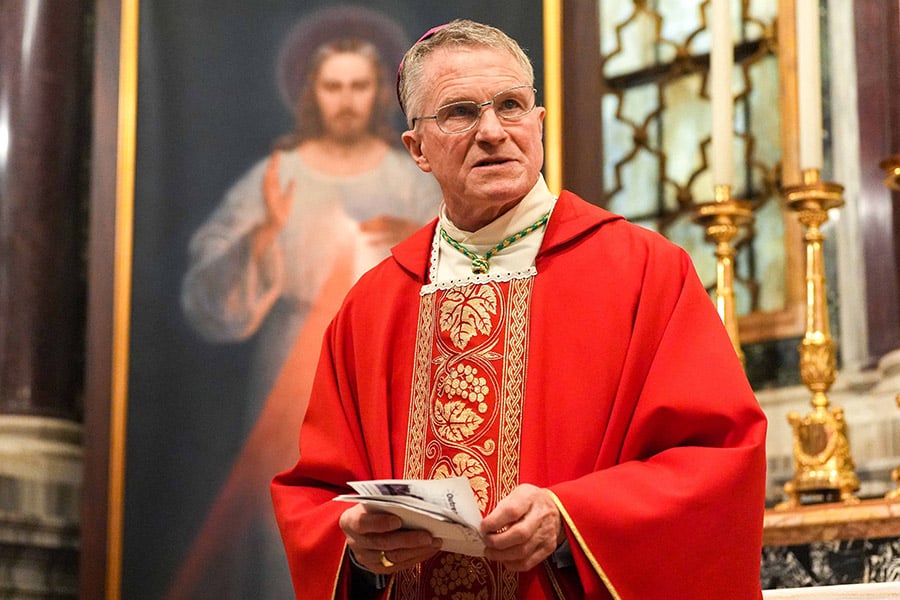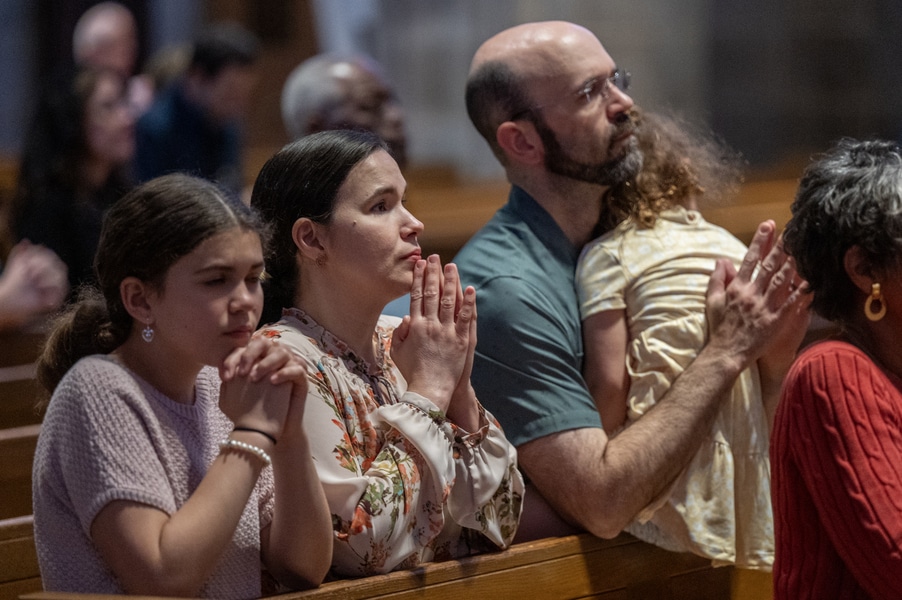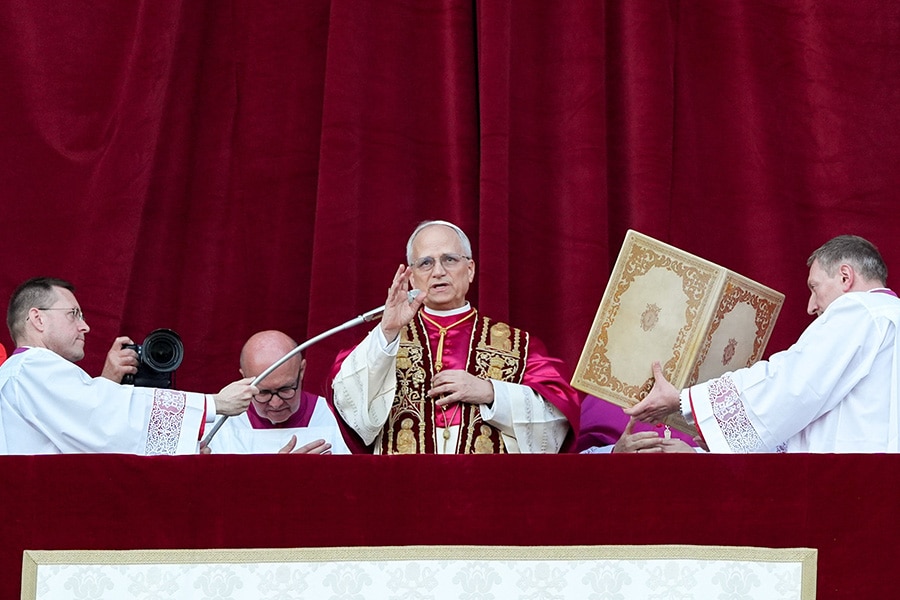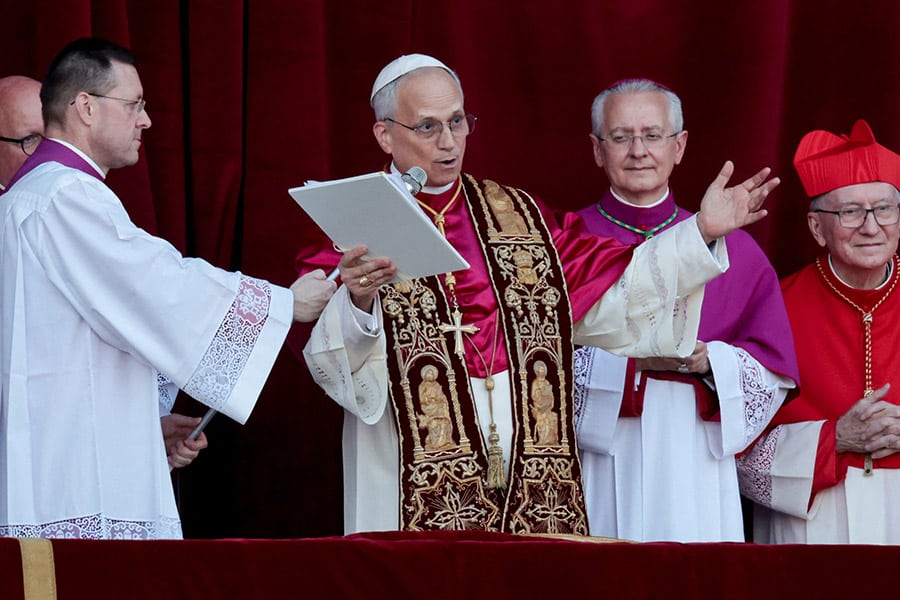Cardinal Robert F. Prevost has selected the name Pope Leo XIV, an apparent nod to Pope Leo XIII, who deserves to be called the founding father of Catholic social doctrine in modern times, with his encyclical “Rerum Novarum” as its foundational document.
The Catholic Church has taught social morality for many centuries. This body of teaching includes moral principles like the dignity and inviolability of the human person, the right to private property, the conditions for a just war and much else.
As social conditions have changed, however, the church’s social doctrine has expanded to take in new concerns.
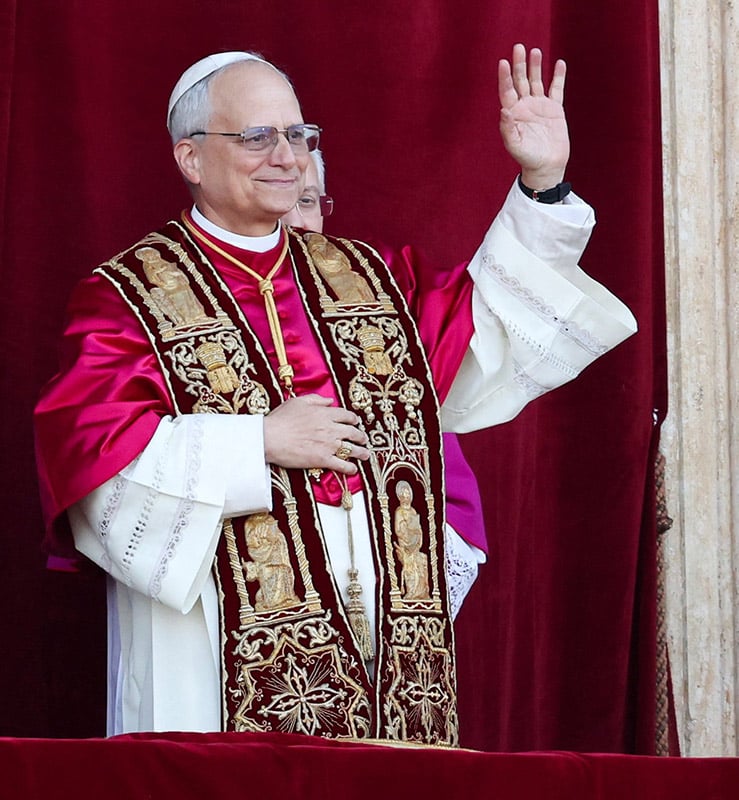
Commonly known by the title “On the Condition of the Working Classes,” the lengthy “Rerum Novarum” sets out a body of papal teaching in response to the state of industrial society in the late 19th century. In doing so, says Catholic writer Robert Royal, Pope Leo’s 1891 encyclical “has shaped Catholic social teaching ever since.”
The future pope, Gioacchino Pecci, was born March 2, 1810, in Carpineto, a town in the hill country south of Rome, the sixth child in a family of the Italian minor nobility. A talented student, he studied at the Roman College and the Academy of Noble Ecclesiastics, the Roman training school for future members of the Vatican diplomatic service. He was ordained in 1837.
He began his career as an administrator in the Papal States — first, as governor of Benevento and then of Perugia. In 1843, Pope Gregory XVI named him nuncio to Belgium. But there he involved himself in a dispute with the government over education policy, and the Belgian king requested his recall. He was then named archbishop of Perugia, a post he held from 1846-1878. He was named a cardinal in 1853.
After the 31-year pontificate of Blessed Pius IX, the cardinals at the conclave to elect his successor evidently wanted someone who would be an interim pope — in office just long enough to tweak the policies of his predecessor but then leaving the scene. Cardinal Pecci, nearing the age of 68 and believed to be in frail health, seemed to fit the bill on both counts. He was elected on Feb. 20, 1878. No doubt to the electors’ surprise, Pope Leo went on to serve as pope for 25 years, making his pontificate the third longest in history, after only those of Pius IX and Pope St. John Paul II.
On the political side, he achieved limited but real success, especially in Germany, where estrangement between the government and the church was largely healed. Elsewhere — and especially in France and Italy — there was little or no improvement. But beyond the sphere of politics, the years of his pontificate saw significant growth for the church in many places, along with a continued expansion of missionary efforts. He had little interest in ecumenism; after study by a papal commission, he declared in 1896 that Anglican orders were “absolutely null and utterly void.”
It has been said of Pope Leo XIII that in doctrinal matters he was as much of a traditionalist as Pope Pius IX and had even had a hand in writing that pope’s famous Syllabus of Errors. “The form is sweet, but the substance is absolute,” an Italian journal remarked of him.
Leo also continued to hope for a return of the temporal power of the papacy, at least in Rome if not in the rest of the former Papal States, now firmly in the hands of the government of a united Italy. But he brought to the papacy a comparatively gentle manner of expressing himself, together with a genuine desire for reconciliation between the church and the secular culture taking shape in the late 19th century.
On the intellectual level, one of his most significant actions was to promote a revival of the thought of St. Thomas Aquinas, the great 13th-century philosopher and theologian.
For Pope Leo, this was not an exercise in antiquarianism but a way of drawing upon the permanent resources to be found in the thought of the man whom he called, in his 1879 encyclical “Aeterni Patris,” “the special bulwark and glory of the Catholic faith.” He called on the bishops to join him in promoting Thomistic studies and established an academy for this purpose in Rome.
Largely as a result of such efforts, the first half of the 20th century was to bring a flourishing of Thomism associated with Catholic thinkers like Jacques Maritain, Etienne Gilson and Josef Pieper.
But two other documents of Pope Leo stand out in particular. One is “Rerum Novarum,” dated May 15, 1891.
Responding to what he calls “socialism” — understood broadly to include any social movement or school of thought advocating the abolition of private property — Pope Leo here vigorously defended the right of private ownership as a natural right and necessary basis for the exercise of other rights. But in doing so, he positioned himself on the side of the working class, affirming such things as the right of workers to decent working conditions, a just wage, labor unions and the right to strike.
The great novelty of “Rerum Novarum” does not lie in championing these things but in the fact that they are here championed by a pope, which historian Eamon Duffy calls “truly revolutionary.”
For American Catholics, it’s a point of particular interest that one of the influences on Pope Leo’s thinking in writing “Rerum Novarum” was the defense of an early workers’ organization called the Knights of Labor by Cardinal James Gibbons of Baltimore when the pope was leaning toward condemning the group as a secret society.
This intervention by the leader of the U.S. hierarchy, soon to be reflected in the pro-labor stance of Leo’s encyclical, helped place the church on the side of working people at a critical moment in the history of the labor movement.
The introduction of “Rerum Novarum,” setting the encyclical in the context of the social tensions of its time, is noteworthy in this regard. Writing of the “spirit of revolutionary change” then abroad in the world, Pope Leo said:
“The elements of the conflict now raging are unmistakable, in the vast expansion of industrial pursuits and the marvelous discoveries of science; in the changed relations between masters and workmen; in the enormous fortunes of some few individuals and the utter poverty of the masses; the increased self-reliance and closer mutual combination of the working classes; as also in the prevailing moral degeneracy. … There is no question which has taken deeper hold on the public mind.”
American Catholics also will have a special interest in a second document of Leo XIII — “Testem Benevolentiae” (“Witness to Good Will”) — containing a condemnation of “Americanism.”
The name “Americanism” refers to a set of ideas that the Vatican, rightly or wrongly, associated with the church in the United States but that in fact may more commonly have been found in some Catholic circles in France. The real-life Americanizers — men like Cardinal Gibbons and Archbishop John Ireland of St. Paul, Minnesota — had little interest in theories but were convinced of the need for Catholic immigrants to become integrated into American secular society. They denied having any personal sympathy with the “Americanism” condemned in Pope Leo’s letter, which is cast in the form of a letter to Cardinal Gibbons dated Jan. 22, 1899.
Whether or not Americanism was a problem then, the pope’s letter unquestionably does anticipate some real problems that have surfaced in American Catholicism in more recent times.
Among these are an understanding of the religious state that values activism over contemplation and thereby fosters “disregard for the religious life,” a dismissive attitude toward the church’s teaching authority (“rejected as superfluous, nay even as useless”) in favor of individual reliance on the promptings of the Holy Spirit, and a pick-and-choose approach to doctrine that today is often called “cafeteria Catholicism.”
As pope, Leo XIII reigned with a decidedly monarchical style. But he was also, in the words of a papal chronicler, “a man of deep, conservative piety.” He died July 20, 1903, at age 93 — the oldest man to occupy the papal office up to now and, thanks to Rerum Novarum, also among the most influential.
Read More 2025 Conclave
Copyright © 2025 OSV News

